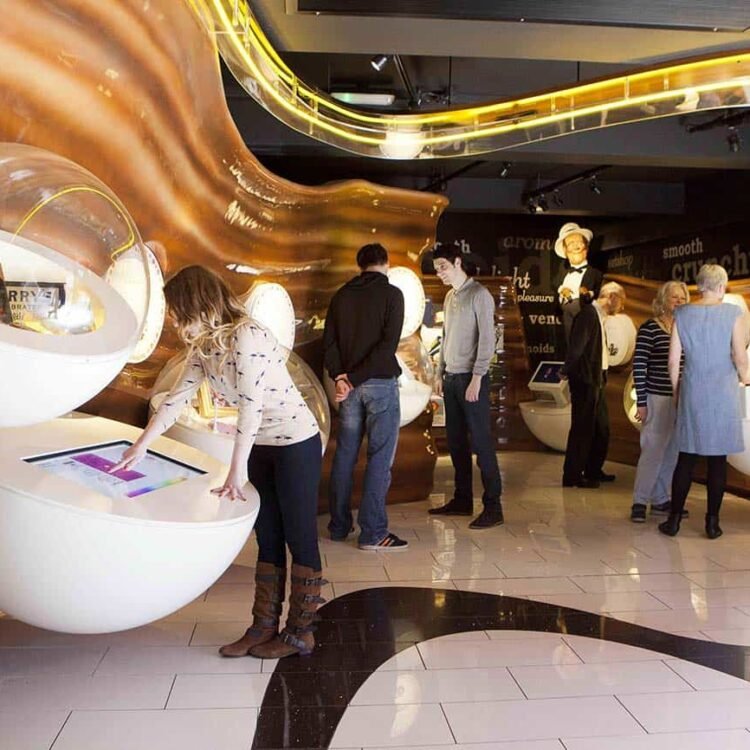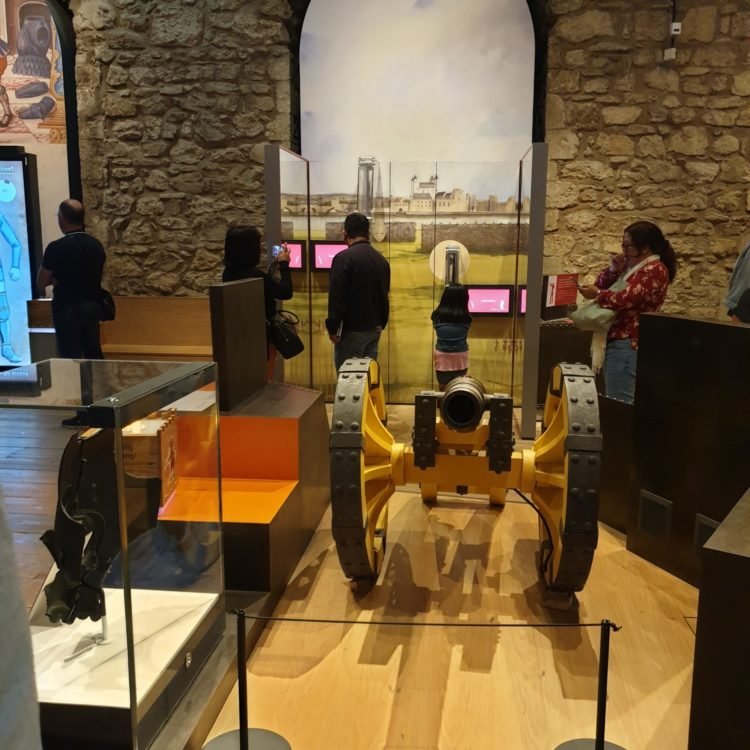learning through play and experience
By making an activity fun and engaging you allow visitors to explore a topic on their own terms rather than jumping to a set conclusion.
Play is an integral part of how we learn, and this practice follows us from childhood right through to being adults. Play is the mechanism through which we experience and develop key skills such as social interaction, problem solving, cause and effect, processing of emotional events, and learning about the world that surrounds us.
According to the ‘VARK’ model there are four main types of learning style through which we take in information. These are Visual, Aural, Reading & writing, and Kinaesthetic.
By encouraging play, you can combine these styles in a way that actively engages audiences and encourages them to think about new themes and ideas and explore topics through imagination, first-hand experiences, and physical interactions. This makes the experience of learning fun, memorable, and helps us to absorb useful knowledge and information.
So how can you facilitate learning through play and experience?
Firstly, it is important to recognise that the focus should be on the process rather than the outcome or goal. By making an activity fun and engaging you allow visitors to explore a topic on their own terms rather than jumping to a set conclusion.
You should ask exploratory questions that fuel thought and imagination. Provide information that shows views from multiple perspectives and give context to a situation in order to challenge a person’s views on a subject and to broaden their understanding.
You should reward visitors for finding the correct solutions to a problem. This helps to reinforce learning outcomes by validating thought processes and methodology.
Importantly however, you should also allow visitors to make mistakes.
By not coming to the correct conclusion first time, visitors can be encouraged to explore alternative options and discover how and why they arrive at the correct answer.
And lastly, when looking to develop or create an activity you should consider S.T.E.A.M (Science, Technology, Engineering, Art, and Mathematics). What are the main learning outcomes that you want a visitor to take away from the experience? – By grounding an activity in at least one of the fields above you can ensure that the takeaway will be relevant to an academic discipline and encourages some level of critical thinking.
To summarise, play can be a powerful tool that takes advantage of natural curiosity, allowing visitors to acquire new skills and knowledge through experience and participation.
We should aim to make the world a more interesting place by encouraging inclusion and interaction.
Learning never stops, and to quote Henry Ford: “Anyone who stops learning is old, whether at twenty or eighty. Anyone who keeps learning stays young”.
Tim Chamberlin, Designer


